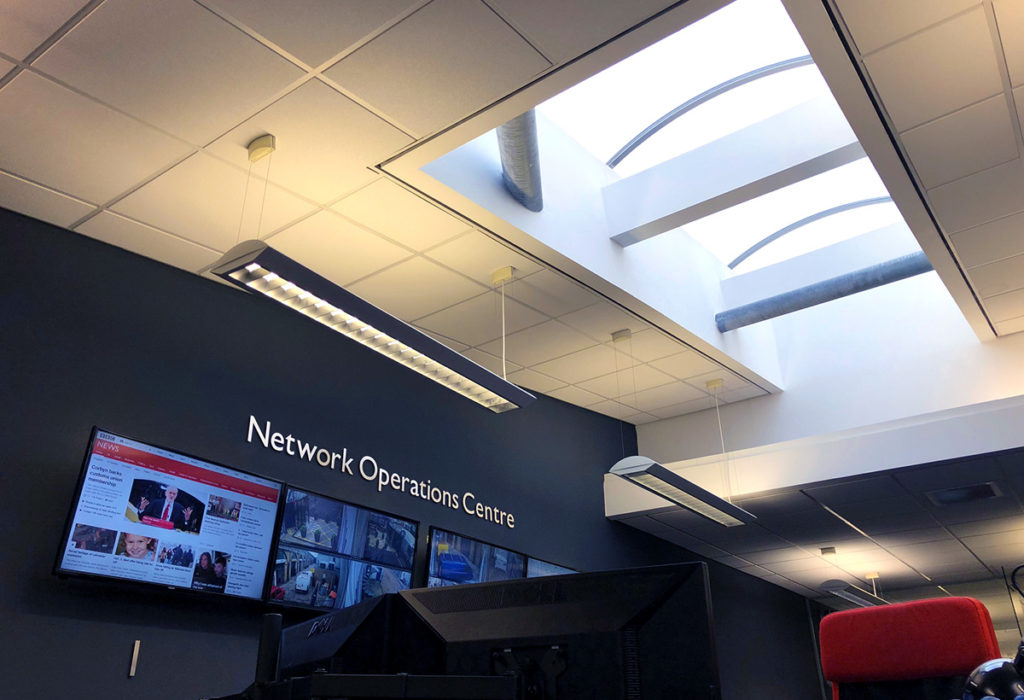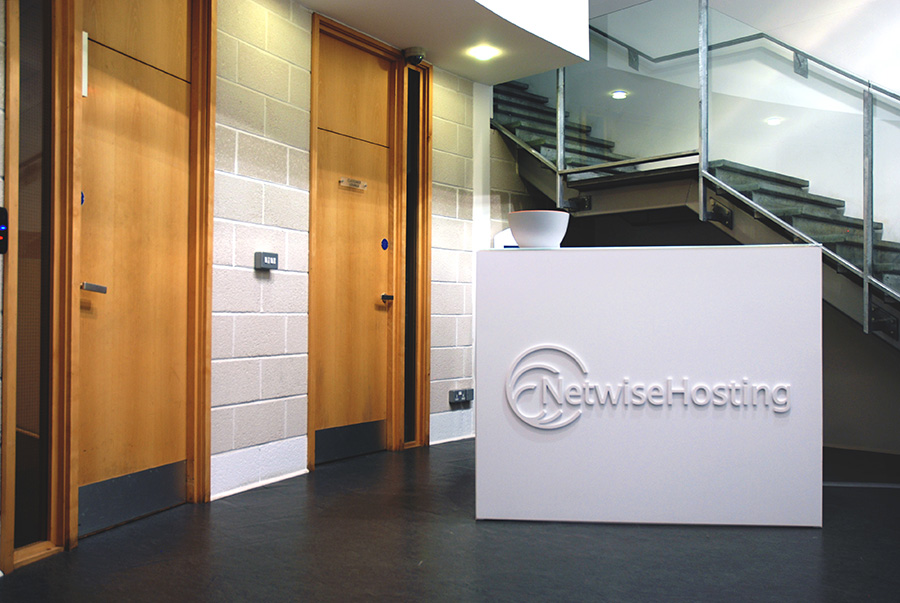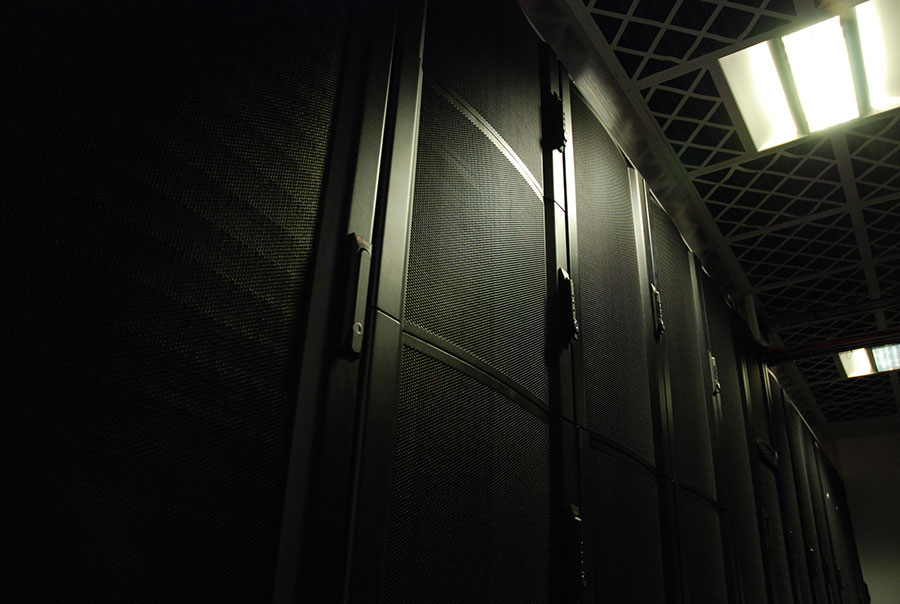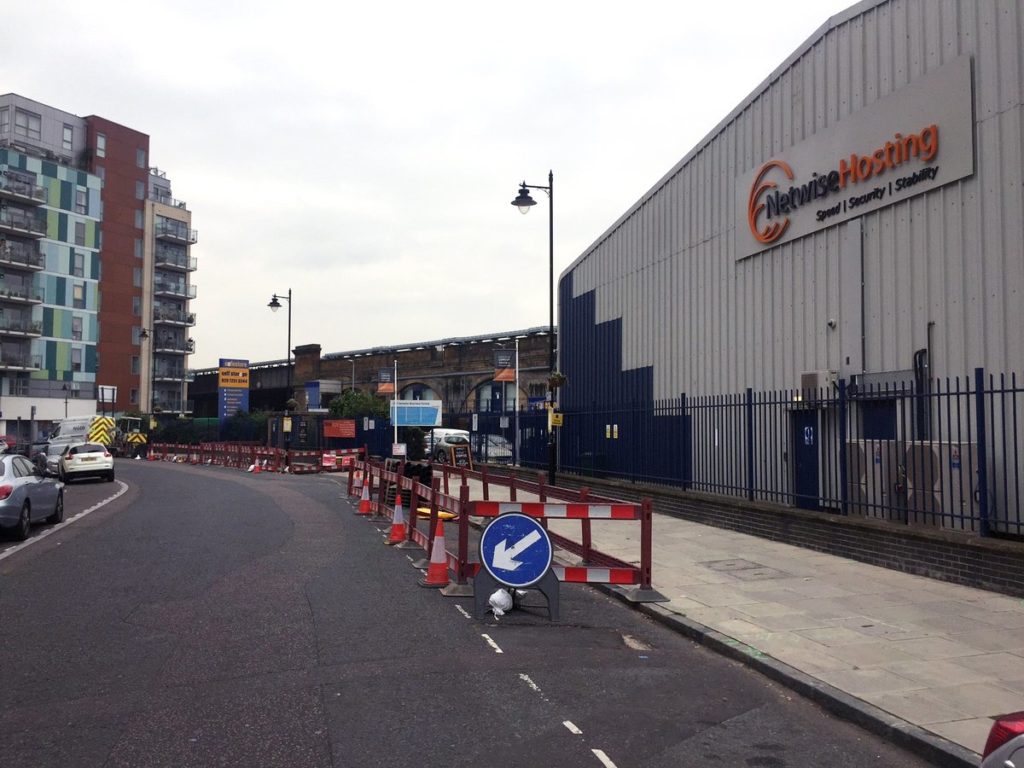As we head towards our 10th birthday this December, we’ve drastically changed the way we look, both to celebrate 10 years in business, and also to reimagine our brand for the next 10 years of doing what we love.

It’s fair to say that over the last 10 years, we’ve changed a lot. The earliest iteration of what would eventually become Netwise actually started life way back in 2005, in the loft of Matthew’s parents’ house, which had been converted to house a small collection of IBM tower servers. Over the next few years, this would lead into the beginnings of Netwise Hosting, which incorporated in 2009.
The early days, while always coloured with the build and ownership of private infrastructure, focused on almost entirely on enterprise dedicated servers, with a side-focus on small-scale per unit colocation for clients with their own hardware.
As the business quickly developed, and the move to building the company’s first private data centre came to the fore in 2011, Netwise would very rapidly move into the colocation space more completely.
Netwise is now a fully-featured turnkey colocation and connectivity specialist, operating from its flagship 11,000sq ft London Central data centre in Bermondsey – the second private facility built in-house by the Netwise team.
Our bold new look
Dropping the ‘hosting’ portion of our name is only the headline change here. Beyond this, the entire look and feel of our brand has been completely reimagined.
We’ve always been known for our signature orange, which we had front-and-centre for many years early on. This did then become more of an accent colour as we moved from London South to London Central, however it always formed a prominent part of our identity. Our longest-standing customers will likely remember our (extremely) orange data hall floor at the London South data centre!

The orange has now been muted slightly, and serves as the primary accent colour to our new headline shade, which is a purple-tinted grey.
This far better embodies the characteristics we’re known for, more now than ever before. These include quality, security, robustness and professionalism – with an injection of real personality, something our customers hold very dear to their relationships with us.
The design, both of the bold new corporate identity and exciting new website, comes courtesy of leading design studio Juice London. This process started many months ago, with plenty of on-site meetings here at the Netwise HQ to discuss the visual direction, delving deep into what Netwise is at its core, and how best to represent this publicly as we grow.
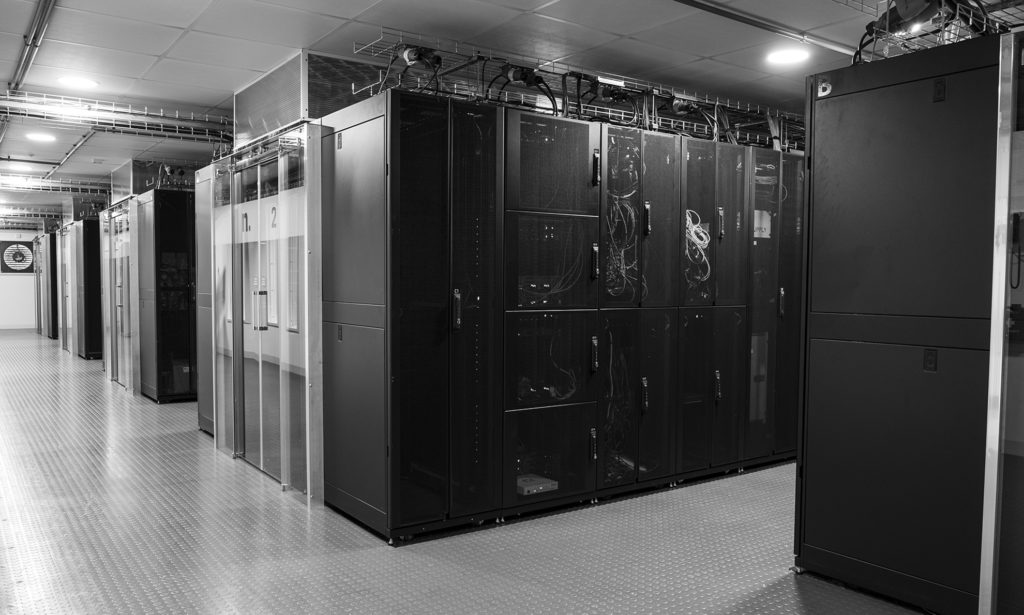
Juice also spent a huge amount of time completely rethinking the website, both for desktop and mobile users, with a deep-dive into UX and UI, giving users the cleanest possible experience when interacting with us online.
Visitors to the new site will also see that, as part of the new look, we’re now running almost exclusively with black and white photography (sometimes with a purple-grey overlay), which gives our facility a timeless robustness befitting of our current standing in the industry.
The new look is head and shoulders above our legacy design, and something that will serve us very well as we head into our second decade of doing what we enjoy most.
Let’s get technical
Let’s talk about the new website; a slightly deeper chat than normal, as we’re sure our more technical readers will appreciate the added information.
This was a ground-up rebuild, starting from scratch, using the Bootstrap (4) framework as a starting point, which gives the out-of-the-box responsive front-end goodness we needed for a speedy deployment. This, coupled with the comprehensive design plans we received from Juice London, allowed for the front-end to be built out very quickly.
The main front-end came together nicely across a two to three week period, running on the new domain which sat completely separate from the existing domain. This allowed us to quickly sketch out design adjustments and alterations for immediate testing, with our Git and auto-deployment working seamlessly in this test environment.
Once we had the front-end together, but lacking some of the more complex functionality required for the colocation calculator and status pages, we were able to bring our long-time collaborator and development wizard Josh, owner of software house Grizzlyware, in-house for a week of pre-deployment works.

Grizzlyware proved to be an invaluable partner in developing our new colocation calculator, which has again been built from the ground up, giving much improved functionality, accuracy, and intrinsic security.
For the final stages of development, we converted the site from a PHP-based, dynamic, server-side site to a completely flat, minified static site, built using Node.js / NPM and deployed in both staging and production versions. This has made the new site extremely fast to load, and relies less on server-side processing in delivering content to end users.
This also bolsters the security of our digital assets, given that the site is now built ahead of being pushed to production, without need for any intensive server-side processing ahead of content delivery.
Our future as Netwise
The future as Netwise looks as bright as ever, which matches our shiny new brand perfectly!
We’re entering into a period of rapid development and expansion; as we head into 2020, we’ll be firming up plans for our next major step, which will involve a second private, bespoke data centre.
To keep abreast of these developments as they happen, keep an eye on our new latest news section, which forms part of our new website.

